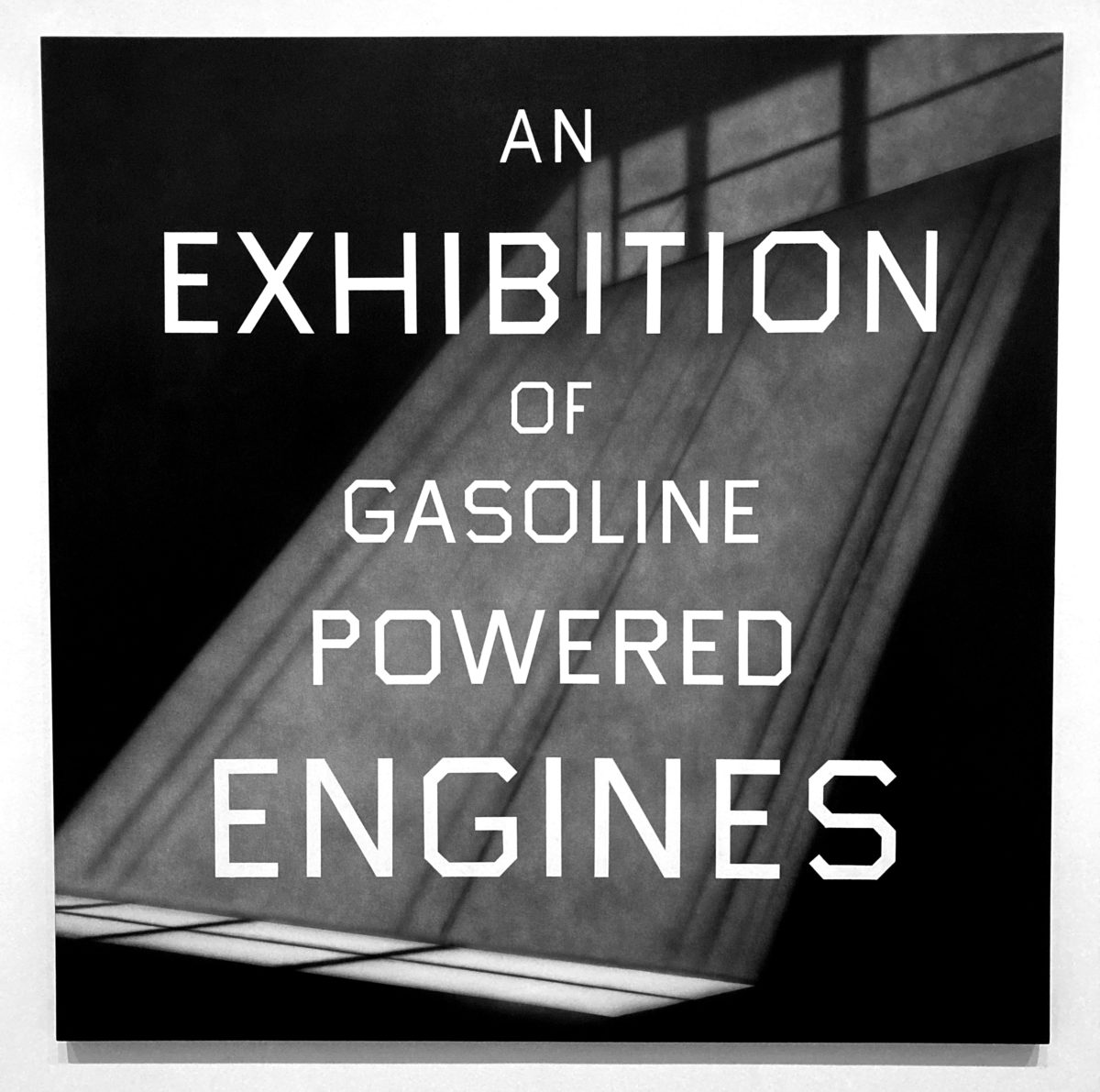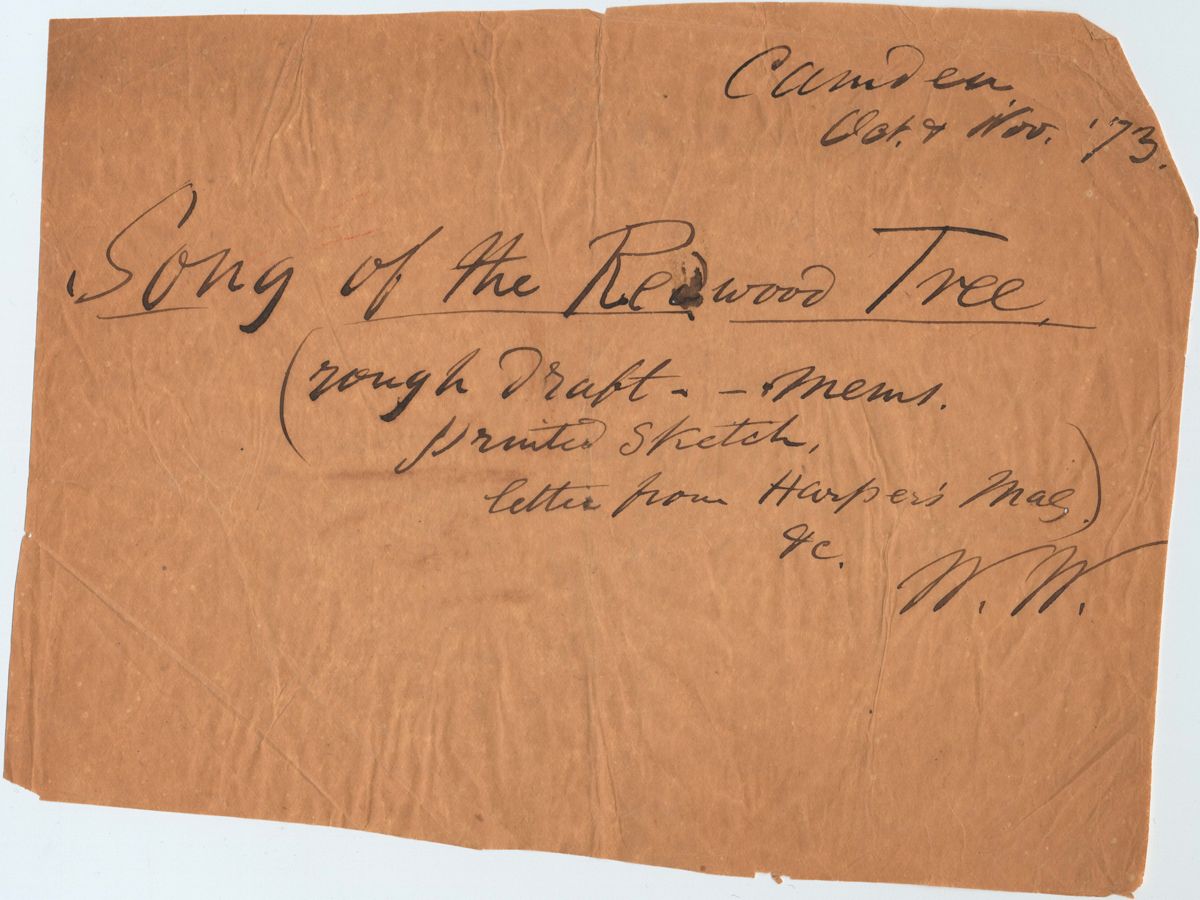
Introducing an ongoing series of mini-reviews and comments on J. Robert Oppenheimer and his latest and most monumental representation in Christopher Nolan’s “Oppenheimer,” as written by the editors and friends of Dispatches, and presented somewhat in the form of a discussion. Berkeley is, of course, where Oppenheimer made his reputation as one of the the world’s leading theoretical physicists and teachers of physics. This post, along with his close work with Nobel Prize-winning experimental physicist Ernest O. Lawrence, led to his becoming the fated “father of the atomic bomb.” As usual, history proved to be the greatest ironist.
—The Editors
With contributions by:
Steve Wasserman
Jamie Aylward
Sky O’Brien
Jeff Hewitt
Oppenheimer a masterpiece? No. The “best, most important film of this century” (Paul Schrader)? Emphatically not. A lot of history packed into three hours, yes. You’d do well to read Kai Bird and Martin J. Sherwin’s exemplary biography American Prometheus beforehand to make sense of the tsunami of characters that flash and flicker by. Or watch Jon Else’s superb 1981 documentary The Day After Trinity, with a script by David and Janet Peoples (now streaming on The Criterion Channel).
Unfortunately, Christopher Nolan, the director of Oppenheimer, doesn’t trust the inherent drama to speak for itself and bludgeons us with a relentless and deafening score by Ludwig Göransson that tells us what to think at every turn, overwhelming the actors whose performances are (mostly) superb. I was, I confess, also disappointed by the disobliging depiction of Oppenheimer’s lovers as little more than Commie temptresses whose politics were both fashionable and frivolous. (Minor quibble: My friend Eric Alterman points out that an early scene has Oppenheimer and his left-wing girlfriend erroneously attributing the famous crack that “property is theft” to Marx in his three-volume tome Das Kapital, when in fact it was written by the anarchist Proudhon.)
Some viewers may find that Nolan “glorifies” Oppenheimer (and scientists more generally) by concentrating on his moral torments rather than on the victims of his diabolical invention. I didn’t mind Nolan using Oppenheimer’s odyssey to vivify the tragic paradox that the very man who had done so much to create the atom bomb, impelled by the race to deny the Nazis such a doomsday weapon, also came to understand that the mass murder of upwards of 200,000 innocent Japanese civilians had profound implications for unleashing an existential arms race that might well incinerate the planet and lead to the extinction of our (and all) species. Whether Nolan successfully realizes that ambition in his clamorous picture and whether his choice to omit pictures of the devastation visited upon Hiroshima and Nagasaki morally compromises his film, can be debated. And should be.
For my money, John Adams’s and Peter Sellars’s opera Doctor Atomic (2005) does a superior job of realizing and exploring the moral conundrums that plagued Oppenheimer. Even better is the all-but-forgotten seven-hour miniseries the BBC mounted in 1980 on Oppenheimer, starring Sam Waterston, produced by Peter Goodchild, with an Emmy Award-winning script by Peter Prince. (It can be watched for free on YouTube.) It’s a tour de force and arguably the unacknowledged template for Nolan’s effort nearly a half-century later.
Cillian Murphy plays Oppenheimer first as gob-smacked by the Cosmos and then later equally gob-smacked by his own naïveté and the Machiavellian efforts by others to do him in. Strangely starry-eyed and slack-jawed throughout. And, ultimately, opaque and unknowable, which may really have accurately reflected the essence of the man. He always presented himself as a man of high principle never confessing to low ambition, the epitome of someone seeking to have it both ways.
Spoiler alert: A nearly unrecognizable Robert Downey, Jr. almost steals the picture as Oppenheimer’s persecutor who stops at nothing to sacrifice Oppenheimer on the altar of his own ambition.
The difference between Christopher Nolan’s “history” films and his “time” films is the difference between history and time. History is told to us. Time is experienced. A filmmaker can play with time; he can only adapt history. Nolan’s time is abstract; his history consists of connecting the dots. That his most recent “time” film, Tenet (2020), did a better job of exploring a central theme of his new “history” film, Oppenheimer, is because Tenet met that nearly clichéd criterion of good cinema: the “what” of the story was consonant with the “how.” Nolan’s far-fetched thematic premise of grappling with the future consequences of past decisions in the present was entertainingly matched with far-fetched directorial decisions, like scene blockings that feature actors propelled forwards and backwards. On the other hand, Oppenheimer, as Dave Ehrlich observes in IndieWire, “suffers from an irreconcilable disconnect between form and function.”
For example, much has been said for and against Nolan’s depiction of the climactic Trinity test of the atomic bomb—I actually liked it cutting to silence when the bomb explodes, if only because extended sequences of silence are few and far between in cinema today—Hollywood or otherwise. But the sight gag of Edward Teller (Benny Safdie) bolted to a lawn chair and slathered in sun protection dragged the scene back into the bog of historical adaptation. That Teller actually did this does not lessen the ridiculousness of the image. Ehrlich writes that “Nolan doesn’t know how to dramatize what he doesn’t know.” Indeed, Nolan resorts to twisting screensaver-like visualisations when J. Robert Oppenheimer (Cillian Murphy) gets a scientific notion or is handed a newspaper with a historic headline. A Jimmy Neutron brain blast is a better depiction of intellectual ideation.

In terms of intellectual inspiration there is a 25-second montage within the film’s first ten minutes during which we see Oppenheimer reading T.S. Eliot’s The Waste Land, dropping a gramophone needle on Stravinsky’s The Rite of Spring, and walking by Ivan Vasilievich Kliun’s Cubist painting The Clockmaker in a museum. This sequence is set while the young scientist is on a study tour of Europe in the mid-1920s, and it culminates in a short staring contest between Oppenheimer and Picasso’s Femme assise aux bras croisés. Here Nolan does some time bending, as Picasso did not make the painting until 1937. Yet in the context of the three hours that follow, this awkward, but oddly touching, encounter between the scientist and the painting is likely the director’s amateur psychologizing. A woman’s gaze will figure prominently in his life, most poignantly in his tragic lover, Jean Tatlock (Florence Pugh), and his loyal but troubled wife Kitty (Emily Blunt), who are both convincingly portrayed, despite every effort on the part of Nolan’s directing.
We can infer that these encounters with modern art generally informed Oppenheimer’s theoretical physics, which is initially portrayed as physics for its own sake, whereby he shirks a traditional training in mathematics like an artist who forgoes training in figure drawing. What was underexplored in the film—yet I think critical to understanding the construction of the bomb and the moral quandaries that followed—was exactly how Oppenheimer conceived of his transition from “doing science” to “making bombs” in real time. Instead, the U.S. government suddenly appears in the form of Colonel Leslie R. Groves (Matt Damon) and the theoretical at once gives way to the applied.
In her influential writing on the form of the grid in 20th century art—a tendency that emerged in the sort of Cubist paintings Oppenheimer might have seen—Rosalind Krauss observes that the grid had successfully “wall[ed] the visual arts into a realm of exclusive visuality.” The grid’s rejection of narrative and its clear discontinuity from 19th century art results in work that is “at once autonomous and autotelic”—its purpose is as a visual representation of itself (think Piet Mondrian, Agnes Martin, or Barnett Newman). Yet Krauss also points out the grid’s “mythic power,” in which a purely material, almost mathematical, structure can take on greater significance.
This direction of travel is the strength of Tenet while the inverse is Oppenheimer’s weakness. Both are about nuclear warfare, but the former is an ahistorical experiment that in practical execution leads us toward some insight into unwitting decisions that return to haunt us (Nolan hints at climate change). Oppenheimer assumes its mythic power immediately with heavy-handed references to Prometheus and the Bhagavad–Gita and devolves into a paint-by-numbers procedural drama. Clear-eyed statements are helpfully facilitated by flashbacks.
T.S. Eliot, who spent two months in 1948 at the Institute for Advanced Study in Princeton, New Jersey, where Oppenheimer, having left Berkeley and Los Alamos, was now director, wrote that “it is as much, or more, because of what we do piecemeal without understanding or foreseeing the consequences, that the culture of one age differs from that of its predecessor.” I wonder if the two men ever talked about this. Even if they did, it’s not in Christopher Nolan’s new film.
I’m not sure if a film about Oppenheimer can or even needs to capture everything about Oppenheimer. I’m more interested in Nolan’s decision to use Lewis Strauss’s 1959 nomination for Secretary of Commerce as one of the film’s narrative arcs alongside Oppenheimer’s security hearing four years earlier (which Strauss orchestrated). As someone who didn’t know about these intertwined events, I thought Nolan’s suspenseful union of the nomination and security hearing served as an excellent—and original—frame for a story about Oppenheimer’s role at Los Alamos (senate hearings are, after all, in vogue).
Why do we need to see all the worn out images of a destroyed Hiroshima and Nagasaki—again? That so much of the discussion about the film has centered on its omission of these images of destruction—as if their cinematic rehashing is some kind of prerequisite for virtuous storytelling—is more reflective of the way a piece of art today must attempt to atone for the sins it represents, especially if these sins are historical. But atonement, when a box needs to be checked, does not make for interesting art. Father, forgive us our bombs. . .
What if we instead talked about Nolan’s depiction of Oppenheimer’s visions in the second half of the film of obliterated corpses and warped surroundings. Are these depictions of the matter in Oppenheimer’s troubled conscience—by a Jew, no less, with real stakes in the fight against the Nazis—too subtle to save the film from “moral compromise”? The film tracks, judiciously, Lewis’s nomination and Oppenheimer’s hearing, and I think a more challenging debate could be: How does Nolan treat these particular events and flashbacks? What does Nolan get right? What does he miss? I thought his treatment of Strauss (and Robert Downey Jr.’s stellar portrayal of Strauss) was brilliant, compelling, and unusual. And yes, Göransson’s score is a bit heavy-handed, but so is a warhead.

Robert Downey, Jr., as Lewis Strauss in “Oppenheimer” ©2023 Universal Pictures
At his best, Christopher Nolan understands that cinema and spectacle are fundamentally intertwined. From the proto-documentaries of the Lumière brothers to the dreamlike fantasias of Georges Méliès, films have presented reality and illusion side by side from the very beginning, providing entertainment that is simultaneously larger-than-life and profoundly intimate. Cinema is unique as an art form in its ability to awe through the sheer spectacle of its imagery. That’s why it’s so odd that Nolan, a director known as much for his staggering visuals as his toying with chronology, seems to have turned his back on his most spectacular instincts in Oppenheimer.
The three-hour, dialogue-driven epic is nothing if not propulsive. Featuring career-topping performances from Cillian Murphy and Robert Downey Jr., the film is surprisingly pacey for what—with one obvious exception—amounts to scene after scene of scientists talking. Overlapping timelines and Jennifer Lame’s snappy editing keep things moving, at times breathlessly. But in appeasing Nolan’s obsession with practical filmmaking and eschewing CGI, the movie sacrifices its visual climax for analog credentials.
Start with the technical details. As with all of Nolan’s films since The Dark Knight (2008), Oppenheimer was shot on IMAX cameras (and marketed accordingly). It’s certainly a quirk of the director’s style that Oppenheimer can only be seen as intended—on 15-perf 70mm film—in thirty cinemas worldwide. But with negatives nearly triple the size of the next largest film stock, Nolan’s fixation on the IMAX Experience® is understandable, especially given his penchant for spectacle.
Yet Oppenheimer contains relatively little 15-perf footage. Perhaps a quarter of the film fills the 8-story IMAX screen, with the rest retreating to letterboxed 65mm. Compare this with Tenet (2020) or Dunkirk (2017), each of which spent over half of their runtimes in full-frame IMAX. Those films—an involuted action thriller and an elaborately constructed wartime drama—at first seem more obvious targets for spectacle than an introspective portrait of a philandering scientist. And in producing a script so reliant on dialogue, Nolan may have backed himself into a corner: IMAX cameras are notoriously loud, making dialogue recording difficult. But if any of the director’s films deserved the full IMAX treatment, it is this one.
Robert Oppenheimer was more than just a brilliant physicist with a complicated past. He was instrumental in what colleague Ernest O. Lawrence called “the greatest single event in the history of mankind.” Regardless of how effectively Nolan delves into Oppenheimer’s inner life, his complex relationships, his public trials and private tribulations, the climax remains something larger than him or any of the other scientists involved: the Trinity test—the literal dawn of the atomic age.
With an epoch-defining, Promethean moment at its center, Oppenheimer should leverage cinema’s unique capability for spectacle by any means necessary. But Nolan’s insistence on practical effects limits the scope of his reenactment. As viewers, we know the outcome of the tightly-edited, pulse-pounding ignition sequence. We know the bomb works. We know the atmosphere does not ignite. So, when the countdown reaches zero, we know what to expect: a massive explosion.
Yet that expectation—and the film’s visual climax—fails to live up to reality. No traditional explosive, however creatively shot, can convey the spectacular frisson of nuclear detonation. Anyone who has seen high-speed footage of an atomic test knows that a nuclear fireball looks like nothing else. In the moments after ignition, an atomic cascade begins, x-rays blasting outward, forming a blotchy, uneven star, its mottled surface emitting light and heat multiple times greater than the sun. A supersonic shock wave follows, moving so rapidly it causes the air around the fireball to glow.

Despite these self-imposed practical limitations, the ignition sequence remains a highlight of the film, not least because it’s one of the few almost entirely in IMAX. But divorced from the alien experience of witnessing quantum effects play out on a macroscopic scale, it becomes yet another cinematic mushroom cloud—a cliché that reaches for awe but ultimately disperses, a short-lived radioactive half-life in our collective conscience. In fact, nothing in Oppenheimer evokes quite the sense of dread of Dunkirk’s dock scenes (in which trapped soldiers, crammed onto piers, look up as German aircraft engines roar), or the grandeur of the supermassive black hole in Interstellar (2014). This latter sequence, employing a relativistic 3D model that inspired its own scientific research, makes Nolan’s reluctance to use CGI in Oppenheimer even stranger.
At times, the director’s deference pays off. When Oppenheimer describes his haunting “visions of a hidden universe,” Hoyte van Hoytema’s macro photography brilliantly illustrates the weirdness of the quantum world. Arcing bands of light, nodules of burning thermite, and swelling particle seas flash across the screen in glorious full-frame IMAX. But when it comes to Trinity itself, the impracticality of practical effects becomes apparent. The same can be said of Oppenheimer’s ensuing visions of nuclear annihilation. Following Hiroshima’s destruction, he imagines the white light of Trinity tearing the skin from a woman’s face. But the effect is unconvincing, looking more like peeling latex than flash-fried flesh.
In his earnest desire to nurture and protect the craft of filmmaking, Nolan neglects the unambiguous fear and unbridled awe that nuclear weapons ought to elicit. Without a faithful representation of the weapon at its thematic center, Oppenheimer comes across as a powerful movie about a brilliant man’s contradictions, rather than a jarring, terrifying testimony to the world he helped create.
Spectacle is often derided in critical circles. But to represent the power of nuclear weapons, nothing could be more appropriate. Spectacular visuals offer chances for personal interpretation that exposition-laden dialogue is incapable of. Ultimately, by insisting on “real” special effects, the film minimizes the only unequivocal message one ought to draw from the father of the atomic bomb: that nuclear weapons remain the single most horrifying—and yet mesmerizing—product of humanity’s imaginations.




